Copiapoa tenuissima cactus Seed pack of 20 seeds
₹199.00
Out of stock
Email when stock available
Copiapoa tenuissima Origin and Habitat: South of Antofagasta. Northern Chile.
Habitat: Native to the coastal deserts on the steep mountain base among fragmented stones. The long tuberous root of this Copiapoa is buried deeply in these soils which are very poor in organic matter. In the area where this plants grows there is very little rain but frequent coastal fog, which provides a significant part of their water needs. The common presence in habitat of plants with juvenile spination forms on old taproots is due to the frequent grazing damage inflicted by donkeys and Guanacos.
Copiapoa tenuissima Description: Copiapoa tenuissima is a geophytic cactus arising from a large tuberose root that can slowly branch from the base to form small clumps. It differs from Copiapoa humilis for its smaller stems, and its taxonomic status is controversial. It is not clear whether it should be treated as a species or as some lower rank.
Habit: It is a single headed or slowly clumping cactus, usually at or slightly below soil level.
Roots: Large tuberose, connected to the stem by long slender neck. The main root may be several times the length of the above-ground body, and serves for storing water. Seedlings naturally produce the huge tap root, starting from germination, i.e. before the plant stem becomes mature.
Stems: Flattened to spherical, 2-5 cm in diameter, dull-green, dark olive green, to almost purplish-black, outer skin rough with fine warts. The slightly felted apex can be regarded as a persistent juvenile characters, which can be explained by the need for the plant to multiply as early as possible, before they fall victim to the Guanacos.
Ribs: 13-16, developing into tubercles, often spiraling, 3-4 mm tall.
Areoles: White abundantly woolly.
Radial spines: 8-14 very thin (almost hairy), acicular, usually straight 3-6 mm long, yellowish to blackish, falling off later.
Central spines: 0-2 (mostly absent) 4-10 mm long.
Flowers: Pretty, yellow diurnal, only 2-2,5 cm long. Tepals up to 15 mm long 5-7 mm wide. Ovary with pubescent scales, floral tube 4-7 mm long. The flowers are supposedly to be sweet scented. (The hairy ovary and fruit are a link with Ritter’s Pilocopiapoa solaris)
Blooming season: Spring and summer. In cultivation in the Copipoa tenuissima are able to flower from immature stems at an early age (c. 2 years from germination) and set viable seed.
Fruit: Globose, green to maroon unusual for the genus by being woolly, a primitive characteristic.
Be the first to review “Copiapoa tenuissima cactus Seed pack of 20 seeds” Cancel reply
You must be logged in to post a review.
Related products
cactus and succulent seeds
cactus and succulent seeds
Echinocereus Rigidissimus Rubrispinus cactus seeds pack of 20 seeds
cactus and succulent seeds
cactus and succulent seeds
Gymnocalycium Capillaense Seeds rare Cactus Seeds Pack of 20 seeds



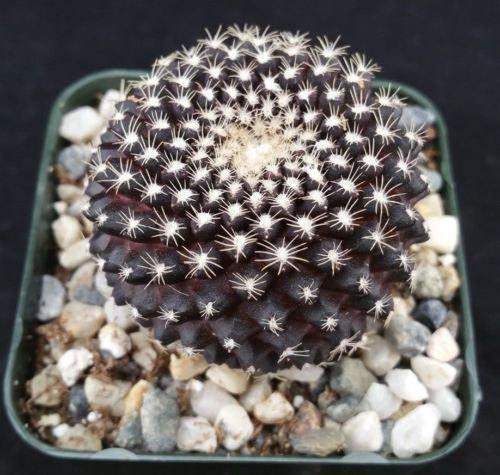
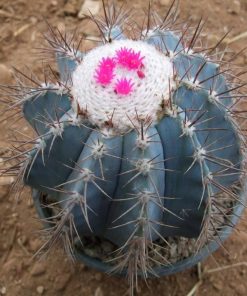
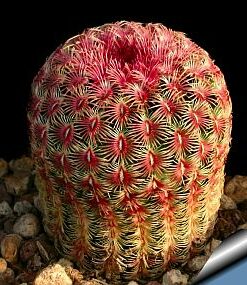
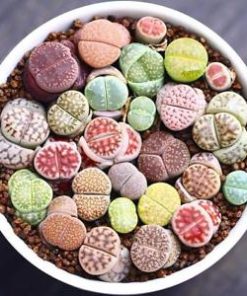
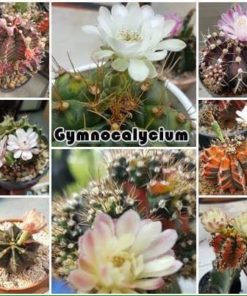
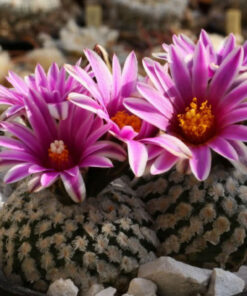
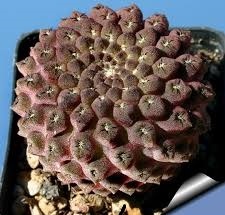
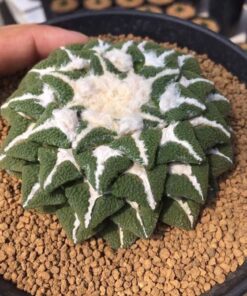
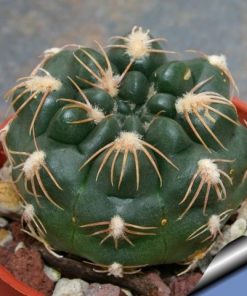
Reviews
There are no reviews yet.